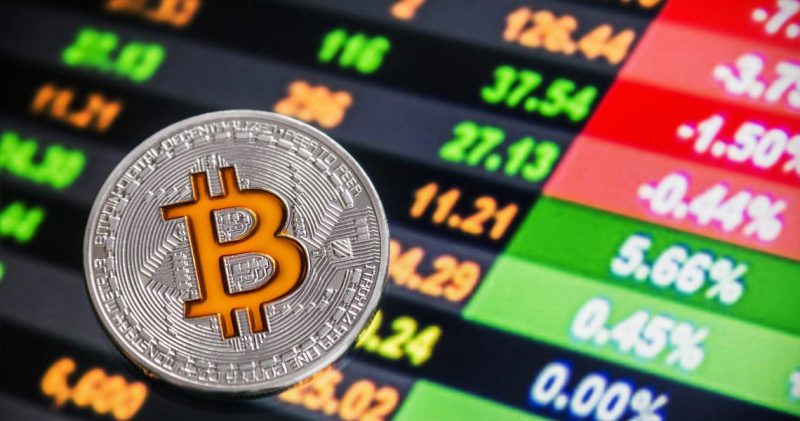Bitcoin’s (BTC) correlation to the S&P 500 (SPX) has turned negative for the first time since the FTX collapse in November 2022. However, for most of 2022, BTC and the S&P 500 (SPX) showed a positive correlation. Apart from the FTX fall, December 2021 was the last time the two registered a strong negative correlation.
The cryptocurrency market took a significant hit as a result of the FTX fall. The debacle led to the value of Bitcoin (BTC) consequently falling. SPX, on the other hand, maintained its upward trend. Thus, BTC suffered as a result of the previous loss of correlation.
The recent loss of correlation, however, might have the opposite result. The SPX recently reached its highest peak in many months. However, there was an immediate correction. Because SPX and Bitcoin remain negatively correlated, the original cryptocurrency may rise in the coming weeks.
Can Bitcoin (BTC) be a hedge against inflation now?
Bitcoin (BTC) was often believed to be a hedge against inflation. It was expected that Bitcoin and other cryptocurrencies would respond with price increases or at the very least hold their value in the event of heavy fiat money printing. However, a bear market in cryptocurrencies occurred in 2022, at the same time that inflation spiked in most nations.
According to 24KCrypto, we may see a pullback in the stock market. Considering BTC and SPX are negatively correlated, it could mean gains for the original cryptocurrency. BTC would not only separate from the traditional stock market but would also have the opportunity to once again appeal to investors as an inflation hedge.
At press time, Bitcoin (BTC) was trading at $23,958.80, down 2.4% in the last 24 hours. On the other hand, SPX was trading at $4,012.32.





